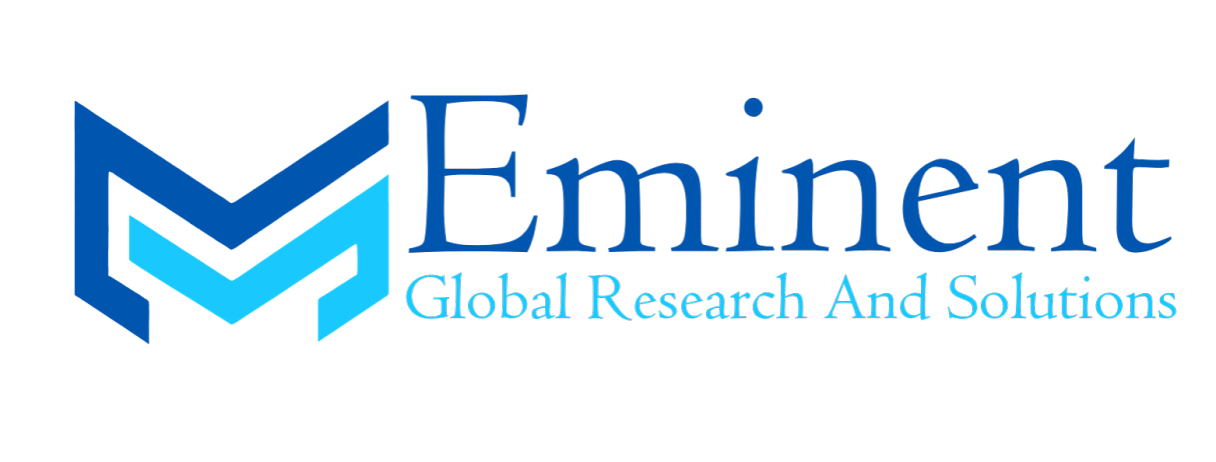In today’s data-driven world, companies can no longer rely solely on intuition or past performance to make strategic decisions. Predictive analytics has emerged as a game-changer in market trend forecasting, enabling businesses to anticipate future developments, spot emerging opportunities, and navigate uncertainties with greater confidence.
What Is Predictive Analytics?
Predictive analytics refers to the use of statistical algorithms, machine learning techniques, and historical data to forecast future outcomes. Unlike traditional business intelligence, which focuses on descriptive analytics (what happened), predictive analytics answers the critical question: what is likely to happen next?
How It Works in Market Trend Forecasting
In the context of market trend forecasting, predictive analytics combines multiple data sources—such as sales data, customer behavior, industry reports, economic indicators, and even social media sentiment—to identify patterns and model potential market shifts. The process typically involves:
- Data Collection: Gathering structured and unstructured data from internal systems (like CRMs or ERPs) and external sources (news, social trends, competitors).
- Data Processing: Cleaning and organizing the data to ensure it’s suitable for analysis.
- Model Building: Applying statistical models and machine learning algorithms to identify correlations and build forecasts.
- Validation & Testing: Evaluating the accuracy of models against real-world outcomes.
- Forecasting: Producing actionable insights to guide marketing, product development, investment, and risk management strategies.
Applications Across Industries
Predictive analytics is being used in nearly every sector to anticipate and react to market changes:
- Retail: Forecasting consumer demand, optimizing inventory, and planning seasonal promotions.
- Finance: Anticipating stock movements, currency fluctuations, and economic cycles.
- Healthcare: Predicting patient demand and emerging public health trends.
- Manufacturing: Planning production levels based on market signals and global supply chain shifts.
- Technology: Identifying emerging tech adoption curves and innovation lifecycles.
Benefits of Using Predictive Analytics
- Improved Accuracy: Data-driven forecasts are often more precise than human guesses.
- Faster Decisions: Real-time analysis allows businesses to respond quickly to changing market dynamics.
- Proactive Strategy: Companies can take preventative or opportunistic actions before trends fully unfold.
- Competitive Edge: Predictive insights enable businesses to stay one step ahead of competitors.
Challenges and Considerations
Despite its advantages, predictive analytics is not without challenges:
- Data Quality: Inaccurate or biased data can lead to flawed predictions.
- Model Overfitting: Excessively complex models may perform well on past data but poorly in real-life scenarios.
- Human Oversight: Over-reliance on automated tools can lead to critical misinterpretations.
- Ethics and Privacy: Collecting and analyzing consumer data raises important concerns about consent and data protection.
The Future of Predictive Market Analytics
As computing power increases and AI becomes more sophisticated, predictive analytics will only grow in importance. The next frontier includes prescriptive analytics, which not only predicts outcomes but also recommends actions based on those predictions. With deeper integration into business operations, predictive tools will become central to strategic planning across all industries.
Conclusion
Predictive analytics in market trend forecasting empowers businesses to anticipate the future with unprecedented clarity. In an era defined by volatility and rapid change, those who can see what’s coming—before it happens—are best positioned to thrive. Whether you’re a startup or an established enterprise, investing in predictive analytics isn’t just a smart move—it’s becoming a necessity.


